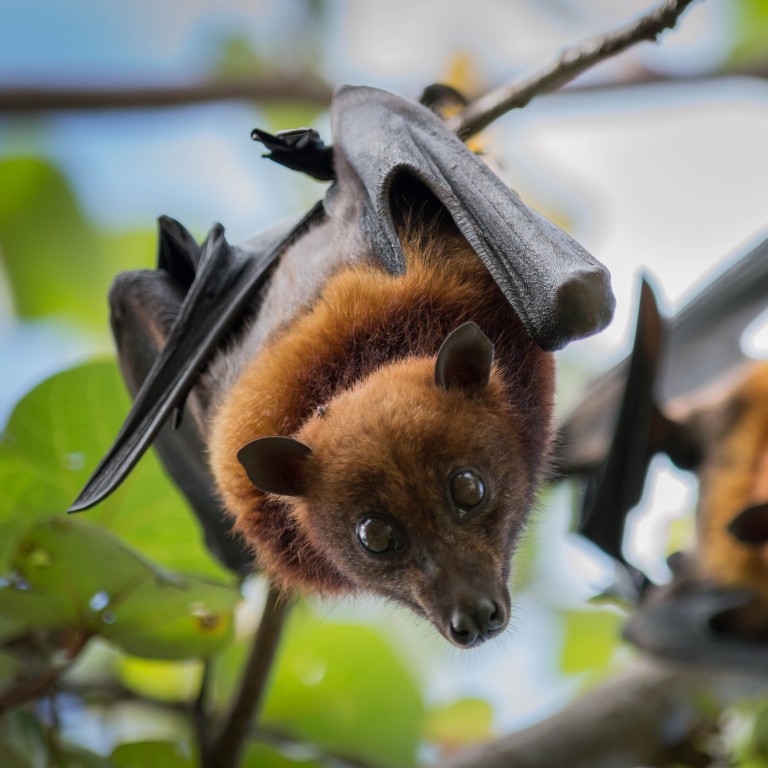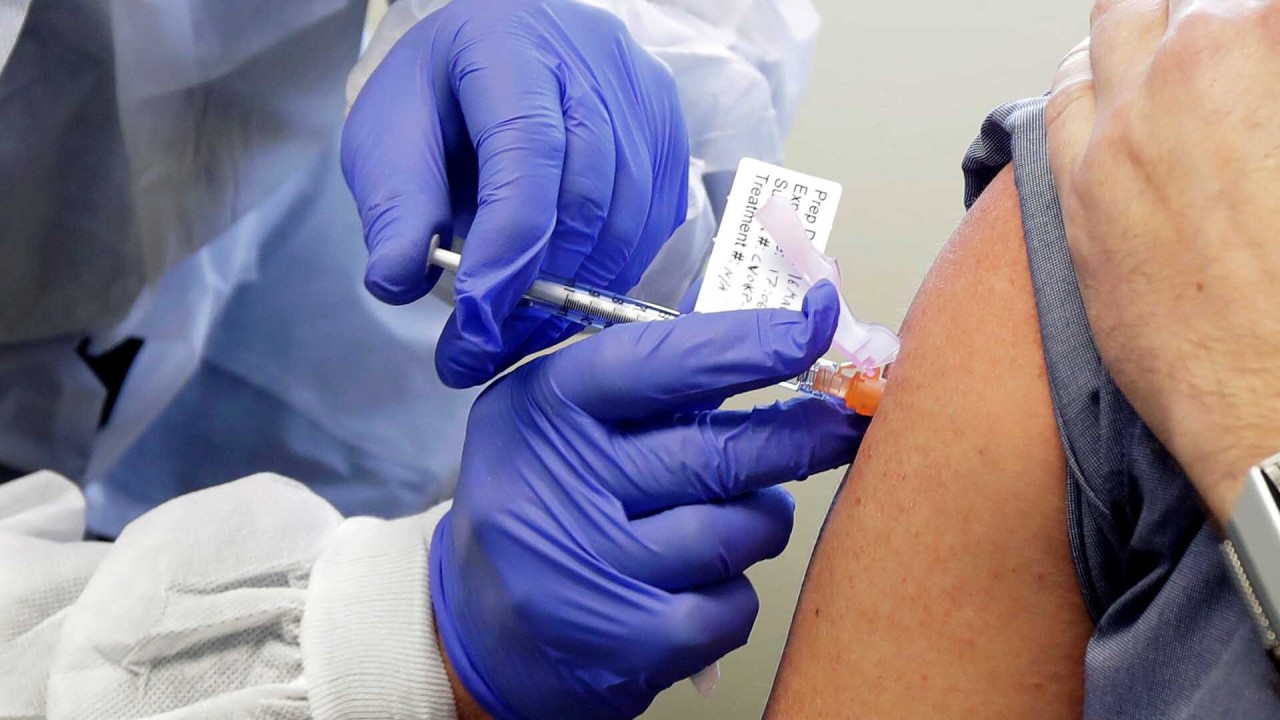
China’s ‘bat woman’ virologist rules out Covid-19 virus in fresh tests on old cave samples
- In an update to an earlier paper that spawned conspiracy theories, Shi Zhengli details how they found a bat virus ‘96 per cent similar’ to the pandemic coronavirus
- No signs of the new virus in samples taken from miners sickened eight years ago, she says
Chinese virologist Shi Zhengli, known as China’s “bat woman” for her extensive research on coronaviruses in the mammals, released the details in an update published this week in the scientific journal Nature, expanding on a paper released in February.
In the update, Shi said her team recently retested the samples taken from the miners and confirmed that they were not infected with Sars-CoV-2.
The update also details how she and her team found the bat coronavirus – known as RaTG13 – in 2012.
Shi,who heads the Centre for Emerging Infectious Diseases at the Wuhan Institute of Virology, has been at the centre of unfounded speculation, ranging from claims that the coronavirus was engineered in her laboratory to a leakage of a natural bat virus her team was studying.
The new findings send a message that none of the viruses Shi and her team collected from animals or humans before the outbreak in the central Chinese city of Wuhan late last year were Sars-CoV-2.
Many of the theories surfaced after the publication of the February paper in which she revealed that the genetic sequence of RaTG13 was 96 per cent identical to that of Sars-CoV-2.
At the time, Shi suggested that bats could have been the initial hosts of Sars-CoV-2 but the intermediate host from bats to humans had yet to be identified.

02:23
Moderna Covid-19 vaccine nearly 95 per cent effective in second promising trial for US drug makers
In Tuesday’s update, Shi said she and her team collected 13 serum samples from four miners who came down with a mystery respiratory disease after clearing bat faeces in a copper mine in Yunnan province in April 2012.
In a quest to find the cause of the illness, the team also sampled various animals near the cave between 2012 and 2015.
“We suspected that the patients had been infected by an unknown virus. Therefore, we and other groups sampled animals including bats, rats and musk shrews in or around the cave,” the update said.
The bat virus RaTG13 was found in one of these samples.
The partial genome sequence of that sample was deposited in GenBank, an open-access genome sequence database, in 2016, under the accession number KP876546.
The team also wrote a paper on bat viruses that year, also referring to KP876546.

03:14
US coronavirus death toll hits record 250,000 after highest daily fatalities in months
The team also referred to the virus in the paper in February, renaming it RaTG13, sparking a conspiracy theory that Shi had tried to cover up the similarity of KP876546 with Sars-CoV-2 by obscuring the fact that KP876546 and RaTG13 were the same.
On Tuesday, she said the renaming of the strain to RaTG13 meant to “reflect the bat species, the location and the sampling year”.
“In 2020, we compared the sequence of Sars-CoV-2 with our unpublished bat coronavirus sequences and found that it shared a 96.2 per cent identity with RaTG13,” the update said.
Scientists, including Shi, have said that the difference of 3.8 per cent in the genome could mean the bat coronavirus took decades to mutate to become Sars-CoV-2.
It is unclear why Shi published the clarification nine months after the paper was published.
A World Health Organization team has started looking into the origins of the coronavirus, holding virtual meetings with Chinese scientists since late October.

